Farmers Against KXL
Mississippi River Basin
|
NEW ESRI StoryMaps: What's On Our Shelves & NWNL Song Library & No Water No Life ESRI |
Mississippi River Basin
Aaron & Jennifer Troester
Farming Family
Alison M. Jones
NWNL Director and Photographer
Aaron Troester has a very active farm and a busy family. His wife Jennifer helps and teaches gifted students in school. As well, they are parents to 2 young children, already proud of their farm and concerned enough about the threat of a Trans-Canada running through their Nebraska Farm, that even they have learned pro’s and con’s of a pipeline – just like the children of neighbors who’ve created and posted anti-pipelines on their farms’ fences and mailboxes.
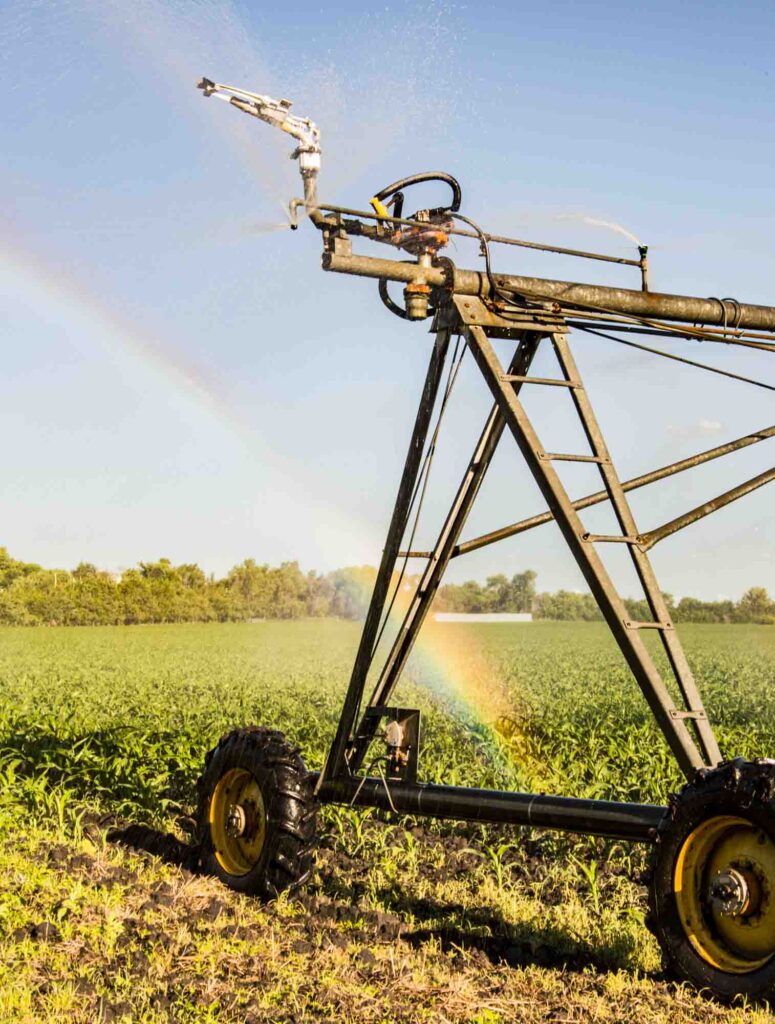
KXL ON TROESTERS’ PROPERTY
OGALLALA AQUIFER
PROTECTING their SANDY SOIL
ROUTING OPTIONS
VALUE of NEBRASKA SANDHILLS FARMS
SCAMS & FALSE PROPAGANDA
PIPELINE TRUTHS GAIN GROUND
TRAINING THEIR 5-YEAR-OLD
KXL IMPACTS on BIODIVERSITY
Key Quote Any field TransCanada tears up will be infertile. That’s an immediate, direct consequence of the proposed Keystone XL pipeline. I’ll see it the day after it’s buried, and it’ll be there for the rest of my kid’s life, and probably his kids – and that’s if the pipeline doesn’t break. – Aaron Troester
All images © Alison M. Jones, unless otherwise noted. All rights reserved.
NWNL Aaron, I know a farmer’s day is a long day, so thank you for your time and willingness to explain issues you see surrounding the possibility of TransCanada building the Keystone XL pipeline through your farm. I understand the KXL pipeline could affect all four sections of your property.
NWNL What other locations would it cross on your property?
AARON TROESTER We’ve got a shop over there, just over a half mile to the west. It’ll cut right south of that shop where we work, run equipment and test equipment to get it ready in the spring. If KXL wins, we’ll have to do that right over the pipeline. Just kind of a bad place.
There are two more fields. One field just cuts through the corner, and there’s another field that crosses through as well, but it’s just regular farm ground. It’ll just be a field.
Keystone XL pipeline will cross south a couple of hundred yards across this nameless, little creek. This creek has always provided a drainage through here, especially in big rains. But for maybe the last 20 years, this watershed, running from here to Page (about four miles south of here), has all been tiled. All the 1- and 2-acre wetland spots and little springs that used to hold the water, now let the water flow on every little half-inch rain. Now it flows pretty much constantly. If it stops flowing, a little half-inch rain will get it going again, whereas it used to take a couple-inch rain to get water moving through it.
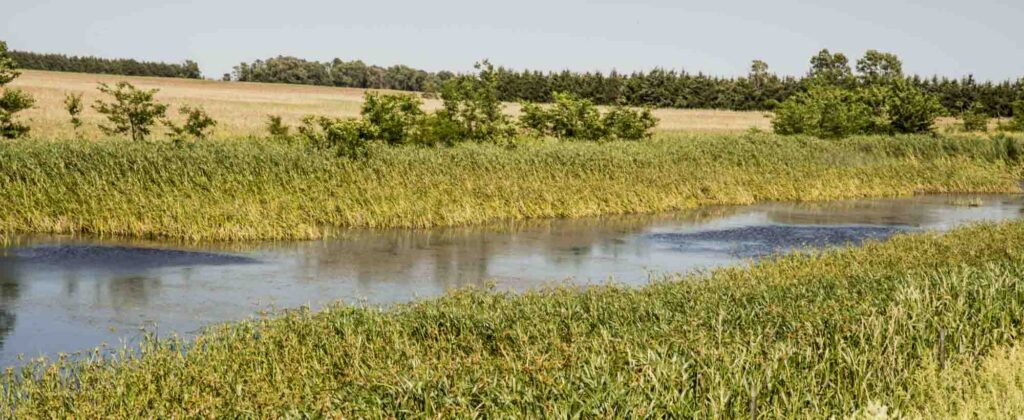
NWNL If it leaked into this little creek, where would its waters carry that oil-polluted water?
AARON TROESTER This creek goes across the road a half mile and on around to a gravel pit. It ends up three or four miles to the north and a little bit east in Antelope Slough Basin. Then it would go 4 miles or so and get held there.
This ground, just in the middle of the next section to the north is so sandy. It’s the weirdest thing. All this water will flood in here now in these big 2-inch rains and in the middle of that next section which is about 30 acres or so. The soil is so sandy, the water just percolates down. It’s the darndest thing.
AARON TROESTER See, there are bubbles coming out of the ground. It’s just neat how quick rainwater disappears; but it doesn’t go very far. Water doesn’t make it from the middle of that next section to the next road, a half mile down. It doesn’t evaporate – it just percolates down.
NWNL Water goes into the Ogallala Aquifer?
AARON TROESTER Well, eventually; but here, it goes just into the sandy loamy soil.
NWNL So, it’s recharging the aquifer?
AARON TROESTER Yeah. Nebraska has all sorts of NRD’s– Natural Resource Districts. In this area here with this water table, we have all sorts of wells. NRD measures the aquifers constantly, twice a year, in spring and fall to determine how much the farmers are pumping out and how much comes back up. This area recharges phenomenally well. Whether you have a hard pumping year or an easy pumping year, it seems to be charged well. It only fluctuates a couple of feet one way or another.
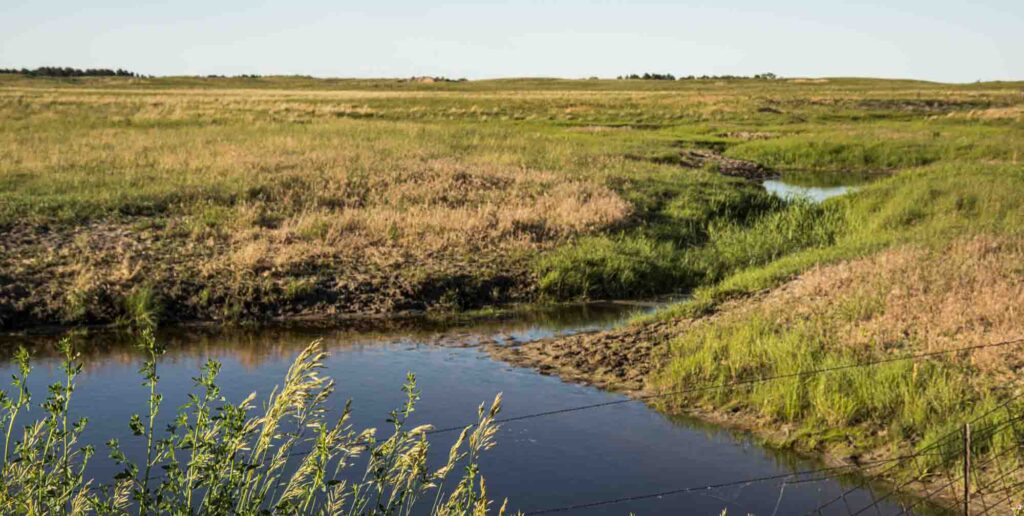
NWNL Do you know what the capacity of the aquifer is, what is full? And where does it stand now? Is it 50% full? 75% full?
AARON TROESTER In this area, it’s as full as it’s ever been since they started measuring it. It’s all measured in feet here, determined by the depth you’re pumping from.
JENNIFER TROESTER And we don’t how many gallons are in the aquifer under our areas.
NWNL Do people measure the aquifer’s capacity or its gallons of water at specific times?
AARON TROESTER Natural Resources Department/NRD measures the water-table height and writes reports.
NWNL When I was in Texas in 2012 and 2013, after the drought, that southern tip of the Ogallala was down to 25% of its capacity.
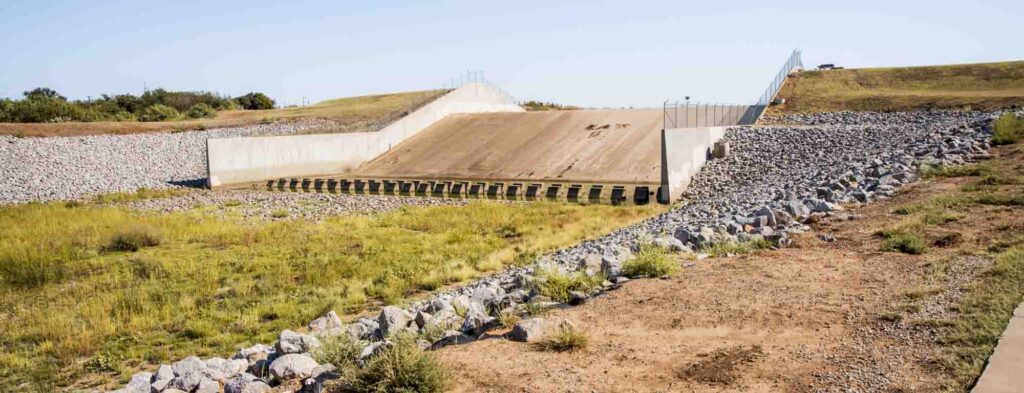
AARON TROESTER Sure. There are areas like West Texas where it doesn’t recharge, but levels just keep on going down. Western Nebraska has a spot like that in the panhandle.
NWNL West Texas is dry and in a mega-drought now. Thus, farmers there have agreed on how to deal with their water needs, vis a vis the Ogallala Aquifer. A Texas Tech spokesperson called it “Managed Depletion.” I was aghast and asked, “What is that?
He said, “Well, for the next 10 years, we promise to use only half of what’s left. The last 10% at the bottom is sludge. By then there’ll be technology to recharge it, so the kids can take care of it.” I could only begin to imagine the consequences of knowingly depleting this vast aquifer that stretches from Texas to here in Nebraska! (Editor’s Note: A March 2020 update from Ogallala Commons: Is Managed Depletion a Terminal Diagnosis for Aquifer? addresses this issue.) I find it hard to understand Texans abrogating their responsibility to future generations and the vast region that would impact.
But that’s in Texas and a different issue from the one we are addressing now! So, if there was a leak and it went into this creek, the oil would flow down into that slough, and then percolate into the aquifer?
AARON TROESTER Yes. That’s what happens. It’s not heavy soil here. We have topsoil which is a sandy loam. That’s gritty stuff that gets in your teeth when the wind blows. Underneath that is gravel, so water really flows quickly down into the soil. The water recharges fast here.
NWNL How deep is the sandy level, or does it vary?
AARON TROESTER It varies. In some spots it’s ten feet; and some spots it’s four feet. It’s not thick, and there’s no heavy, dark soil or clay soil to slow anything down in most spots. We’re on the edge of the Sandhills.
NWNL Apropos of the Keystone pipeline XL, as a farmer who’s worked this land, how can we best communicate the importance of keeping this land in a pristine state?
AARON TROESTER Well, I suppose talk to people like you.
NWNL Oh, you can’t put it all on the shoulders of conservation photographers and reporters!
AARON TROESTER Well, I have talked to the legislators and the Bold Nebraska movement. And I am aware that many are talking about oil spills being potential problem. It’s something for my kids to worry about. It’s just something for everybody to worry about, whether you live here or not. Folks talk about possible oil spills and doing a cleanup. You’d never get the oil out of all this sand in our fields. A leak will happen. It doesn’t get much talked about, but it’s just fact if the pipeline goes in.
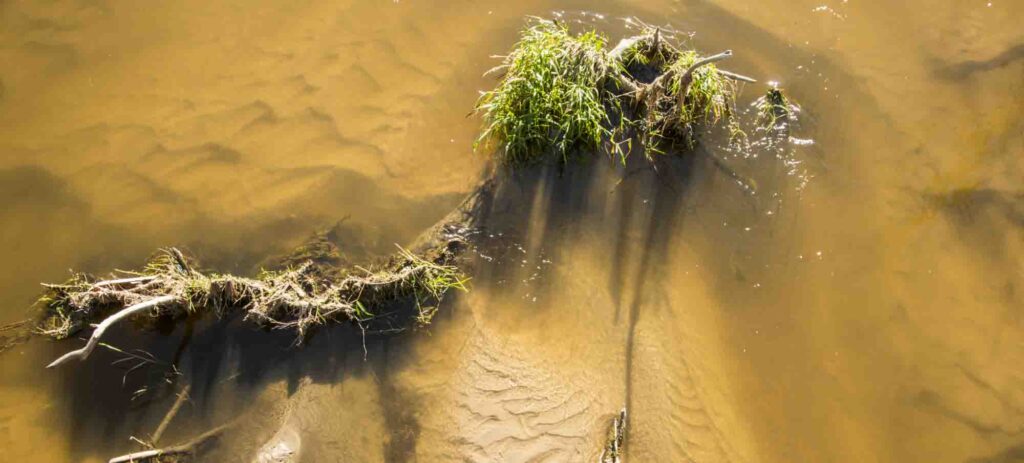
But once oil gets in the aquifer, then the water all gets contaminated. Pollution from pipeline leaks is not just the oil – it’s also the chemicals they must use to pump this oil in the pipeline. I’m told these chemicals aren’t even legal in the United States that they put through these pipelines. If you’re a chemist in a laboratory, or if you’re working on research that you can’t even get these chemicals in your lab, yet they are pumping gallons and gallons just to think these tar sands out to make them go through the pipeline, that’s stuff’s probably even worse than the oil in the water. That’s much more soluble.
NWNL So your biggest concern over KXL seems to be potential consequences of oil leaks?
AARON TROESTER There’s another issue. They’ll dig a swath for the pipe that will be 100 feet wide. I don’t know why it must be that wide. Only the top foot of topsoil is black around here. It’s still sandy, but it’s darker than the rest of the sandy soil. But the pipeline folks would take that all up.
Even when I try to scrape that off and put it in a separate pile and then move that back- it doesn’t work right. That spot in the field will be lighter in color there and it’ll yield less for the rest of my life and my kid’s life. Just by putting in a little narrow 8” water pipe from a well on the edge of your field to your pivot, you’ll always see that narrow little track where the pipe is buried.
Think about KXL equipment moving the topsoil around their huge 100’ wide track! That’s even if they do scrape the topsoil, which they might not. KXL could just mix it all together. Then you’d have subsoil on top. It would just be a poor wide spot in the field forever. It would yield half as much – or maybe nothing.
Where they have pipelines in heavy, thick topsoil, they say they can’t see the difference, and I believe that. My family came from in Aurora, in south-central Nebraska. Their soil is dark and heavy. They can bury things there, and you’ll never see where it got buried. It looks just like the rest of the field – but not here.
NWNL So if they were convinced to move the pipeline further east, would that put the pipeline into better conditions and cause less damage?
AARON TROESTER Yes. I’ve seen less damage for other pipelines, such as the nice quarter over by Highway 81 through Wayne, Nebraska. They have heavier soil there, and the aquifer is probably a little deeper. That’s the original Keystone Pipeline.
NWNL Has anybody proposed that route to TransCanada for this current project?
AARON TROESTER I think they proposed that often. I hear, but am not sure, that they say they won’t do it, because in digging along an existing pipeline, there’s many little seeps and tiny spills they’d have to deal with. Apparently, they’d rather make a new quarter, but I’m not sure.
NWNL I hadn’t heard that before. I wondered why TransCanada wouldn’t take advantage of the easements over there that they already have; and thus, wouldn’t have to have this fight with y’all.
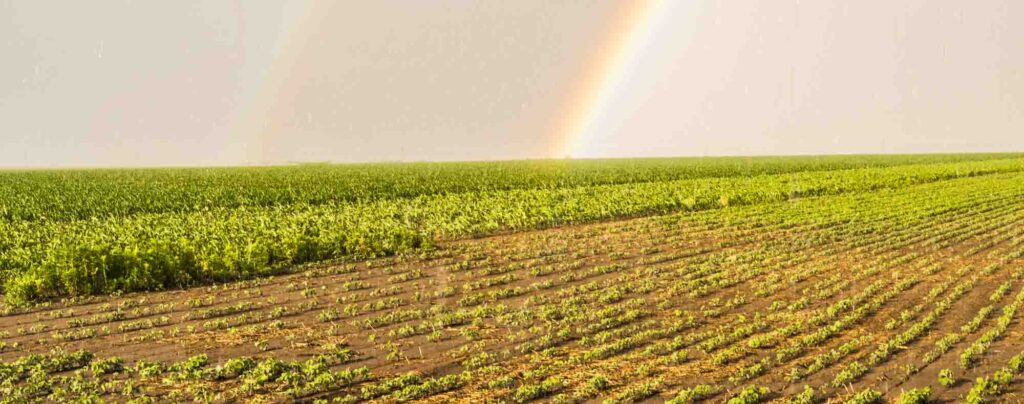
NWNL How would you tell the rest of the nation why Nebraska’s agricultural produce and production is critical and should be protected? People don’t know Nebraska. Do you have any figures on how much agriculture comes out of Nebraska, be it corn or other crops?
AARON TROESTER Oh, there’s so much agriculture out here! Our economy is farming and it’s a large part of the nation’s economy. Nebraska thrives on its agriculture.
JENNIFER TROESTER Nebraska is #2 in the nation for growing corn. Iowa, Illinois and Indiana are close. The “Three I’s!” are always competing. But with irrigation from our aquifer, Nebraska has brought up its production level. Jeanne Crumley reminded me we are #1 in popcorn! Most of the white corn in the country’s grown in Nebraska, so all the tortillas and corn chips, white chips for dip. Nebraska, I think, is second or third in edible beans.
We are also definitely high in the top three states for cattle-producing. Texas is Texas it’s number one. There would be a very big vacuum if anything happened to the state of Nebraska. It would be very, very noticeable in the country.
NWNL That’s well said. Many in New York and California don’t grasp what’s grows here, nor how important it is.
AARON TROESTER It would be like our hearing some remote bridge is out. Everybody’s day there is wrecked;, and we just can’t fathom it.
NWNL Raising awareness of threats to your watershed is why I’ve come; and I’m not the only one coming out. Many people are following this – but not enough, given the current overflow of news.
JENNIFER TROESTER It takes a long time, even with today’s social media.

AARON TROESTER I’m just shocked by propaganda and the ways a few big companies can influence the general population’s perspective. After seeing this firsthand, you understand just crazy their arguments and facts are. Maybe they bribe them, but one hydrologist will say one thing, as the rest of a group of hydrologists is saying the opposite thing. It also seems they get an expert to say what they want; but 90% of the experts say the opposite.
To get an equal number of people to speak for the KXL pipeline, they’ll pay union workers their daily salary and bus them in for the day. So those in favor are not really working here, they’re getting salary for coming to the pipeline meeting. I talk to them with an open mind to know if they’re really for it.
Once you talk to them, you see they don’t really know much. They just say, “Oh, we need the KXL. We’ve got to get the jobs.” But they don’t really know much else about it. Then I come to find out that they were getting paid to be there! They got their daily salary, plus they didn’t have to work.
NWNL So you’ve seen this firsthand? I’ve read this in the paper, but I wasn’t sure.
AARON TROESTER I’ve talked to them in person, the whole group. They’re supposed to write a statement too. Some just copied one by someone on the bus and handed it in – just like copying in high school. It wasn’t right.
NWNL Aside from those paid to come in, how did others, not on the bus, become convinced?
AARON TROESTER I think we each prioritize things differently. Some farms figure in the risk of a pipeline leak and think it won’t be so bad. Everybody weighs things differently.
JENNIFER TROESTER And maybe they didn’t research enough.
AARON TROESTER Also they hear radio ads on why the pipeline is good, but don’t look for facts themselves. When told everything is good, some just believe it. But others check and see it’s not good. There are facts and other stories that happened with the original Keystone #1 pipeline. They said they could only detect a 2% leak, over and over; but it turns out that they had huge oil leaks, just massive ones.
One leak they hadn’t detected until someone happened to come along a half a day later, and it was a huge oil spill. I don’t know how they get away with their advertising. People find these huge oil spills – and sometimes they make the news, and sometimes they don’t. I’ve never seen an oil spill.
NWNL I hope you don’t.
AARON TROESTER Me neither!
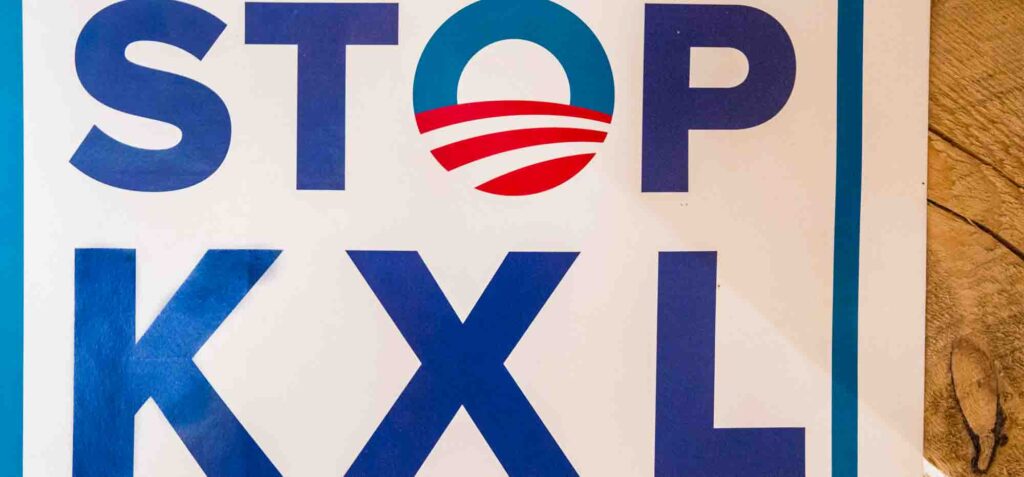
AARON TROESTER I think the media in this area is finally realizing the impacts of the length of that pipeline through this fragile topsoil area, and that our ground won’t be productive anymore. They are understanding that any field that was productive, couldn’t be farmed again after they tear up that soil.
Any field TransCanada tears up will be infertile. That’s immediate, direct consequence of the Keystone XL pipeline. I’ll see it the day after it’s buried, and it’ll be there for the rest of my kid’s life, and probably his kids – and that’s if the pipeline doesn’t break. That’s what will happen in this area.
NWNL One person told me, “Eventually the pipe will be abandoned; it’ll rot; and then leak.
AARON TROESTER Maybe. But I don’t like maybe’s. What I just said will happen.
NWNL Do you know about your son Barrett’s 53-second analysis of KXL risks? I was amazed by his concise assessment and taped it. Then he asked if I’d send it to President Obama!
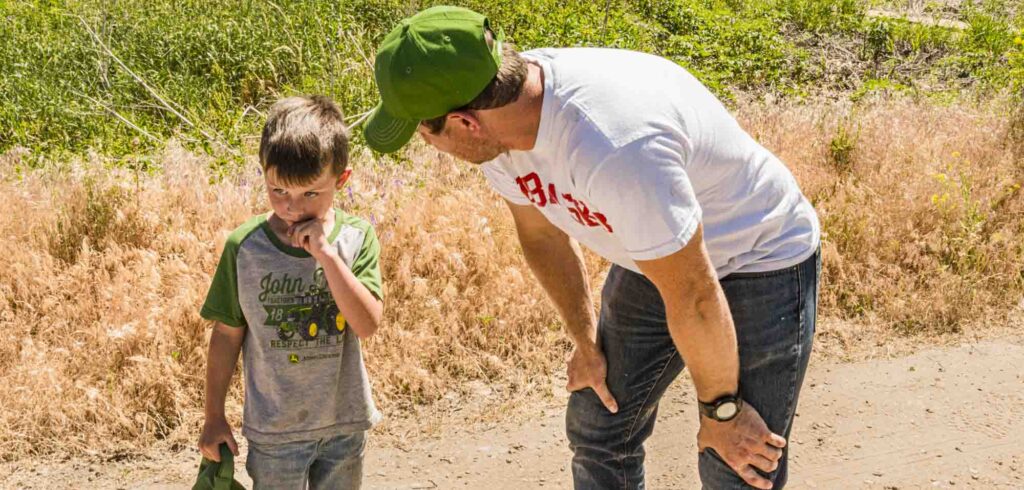
AARON TROESTER He’s just thinking ahead.
NWNL He explained how the KXL would ruin the irrigation system – in 53 seconds! Perhaps he’ll be a politician when he grows up!
JENNIFER TROESTER Hope so.
NWNL Would construction of the KXL disturb the biodiversity here? And how might flora and fauna be impacted if KXL is installed and then are leaks?
AARON TROESTER We put a little box on the creek for wood ducks, but they never lived there. The screech owls live in there some years, and it’s neat seeing those little owls. I don’t know about KXL impacts. Probably not good, but probably not the end of the world, unless there’s a huge oil spill. My guess is not “if;’ it’s “when” there’s a spill. It seems like every pipeline leaks and they mean disaster.
If 100 acres were covered in 2” of oil, or 6”of oil, or just a little bit of oil, they must scrape up all that dirt. But there’s no topsoil here underneath, and what topsoil we’ve created is so thin, that if 100 acres or whatever gets covered, it’ll be worthless to farm.
NWNL For many generations.
AARON TROESTER Yes, and if it gets in the water, it’s everybody’s health concerns. There would be immediate impacts. They told us they’d plow this pipeline through, and that if our grandkid or whoever owns the ground hits it it’s their responsibility to pay for it.
If a break shuts down the pipeline and it costs them $500,000 to have the pipeline shut down and to fix it, that is paid by whoever broke the pipeline. They don’t cover the risk, even though they force it down your throat.
JENNIFER TROESTER Our grandchild could hit a pipeline, and we’d lose our whole legacy — everything we built for years.
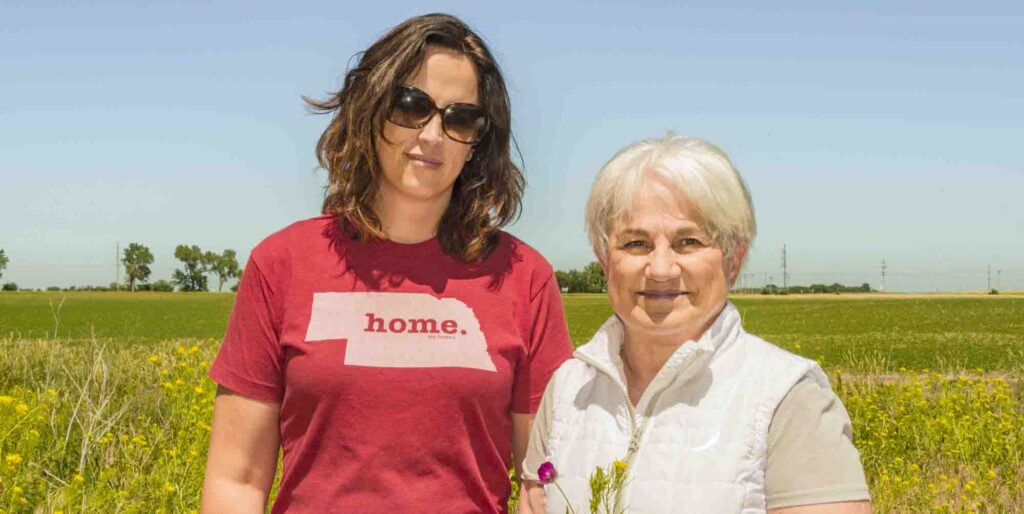
AARON TROESTER That pipeline will be buried only 4’ or so. That’s deeper than anything I pull through the ground to farm. But look at this creek here that developed in the last 20 years. Hard telling how much deeper this creek will be in the next 20 years or how it will snake around and change.
JENNIFER TROESTER So then you might hit something.
AARON TROESTER Yeah. The pipeline might start at 4’ deep, but soon it could be on the surface. Hey, ground moves.
NWNL Well, at least you don’t have earthquakes here – only tornadoes!
Aaron and Jennifer, best of luck, take care of Barrett and your family. Thank you so much for educating this NYC photographer!
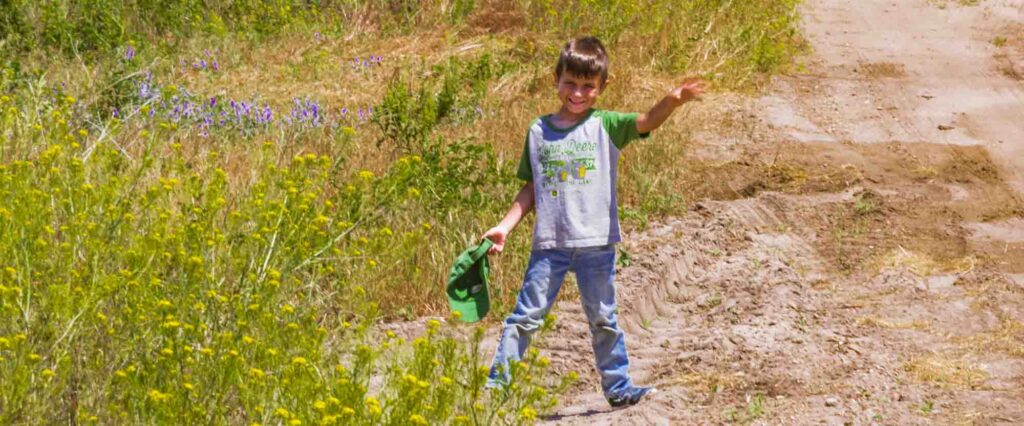
Posted by NWNL on February 4, 2024.
Transcription edited and condensed for clarity by Alison M. Jones.
All images © Alison M. Jones, unless otherwise noted. All rights reserved.
